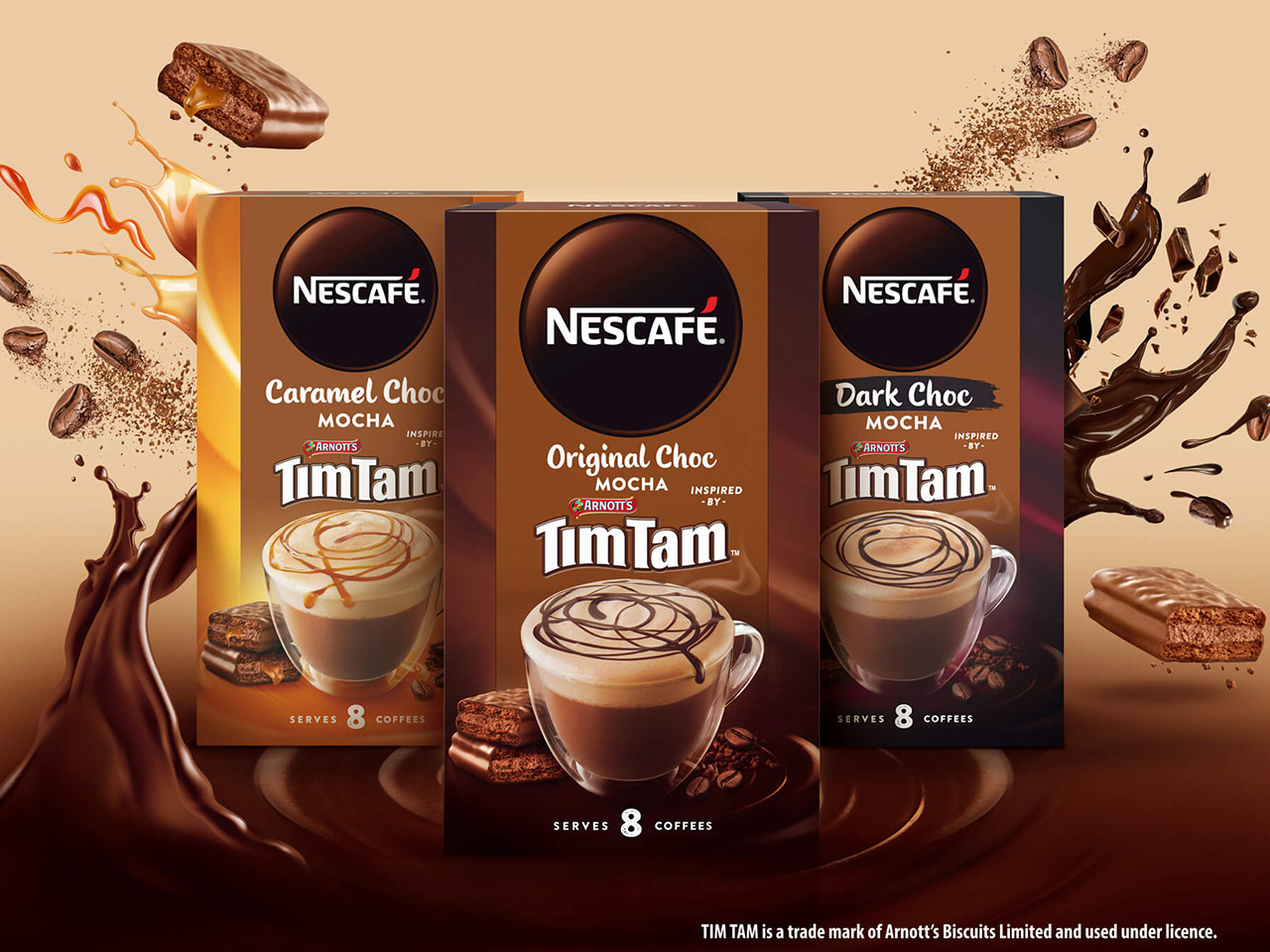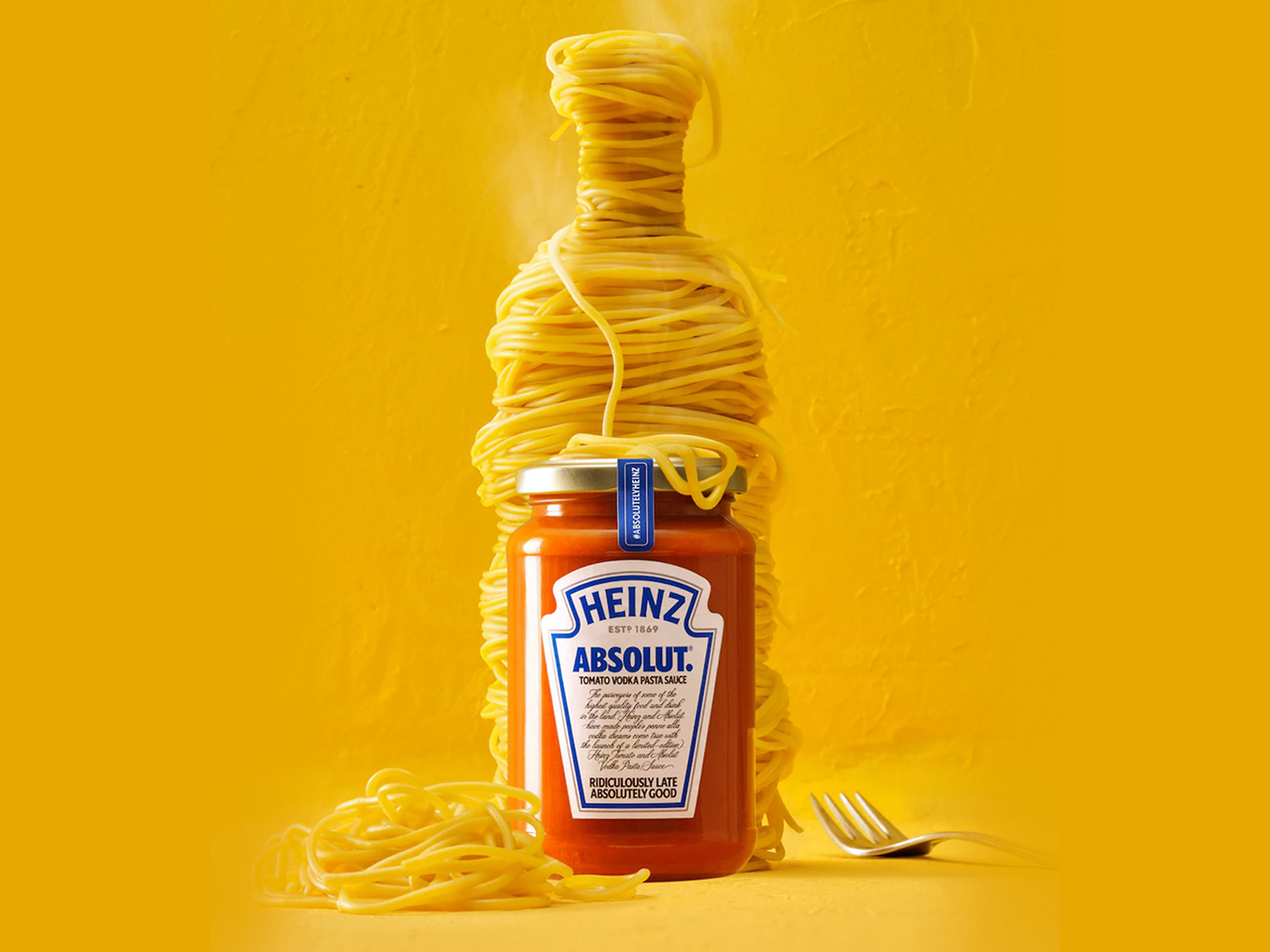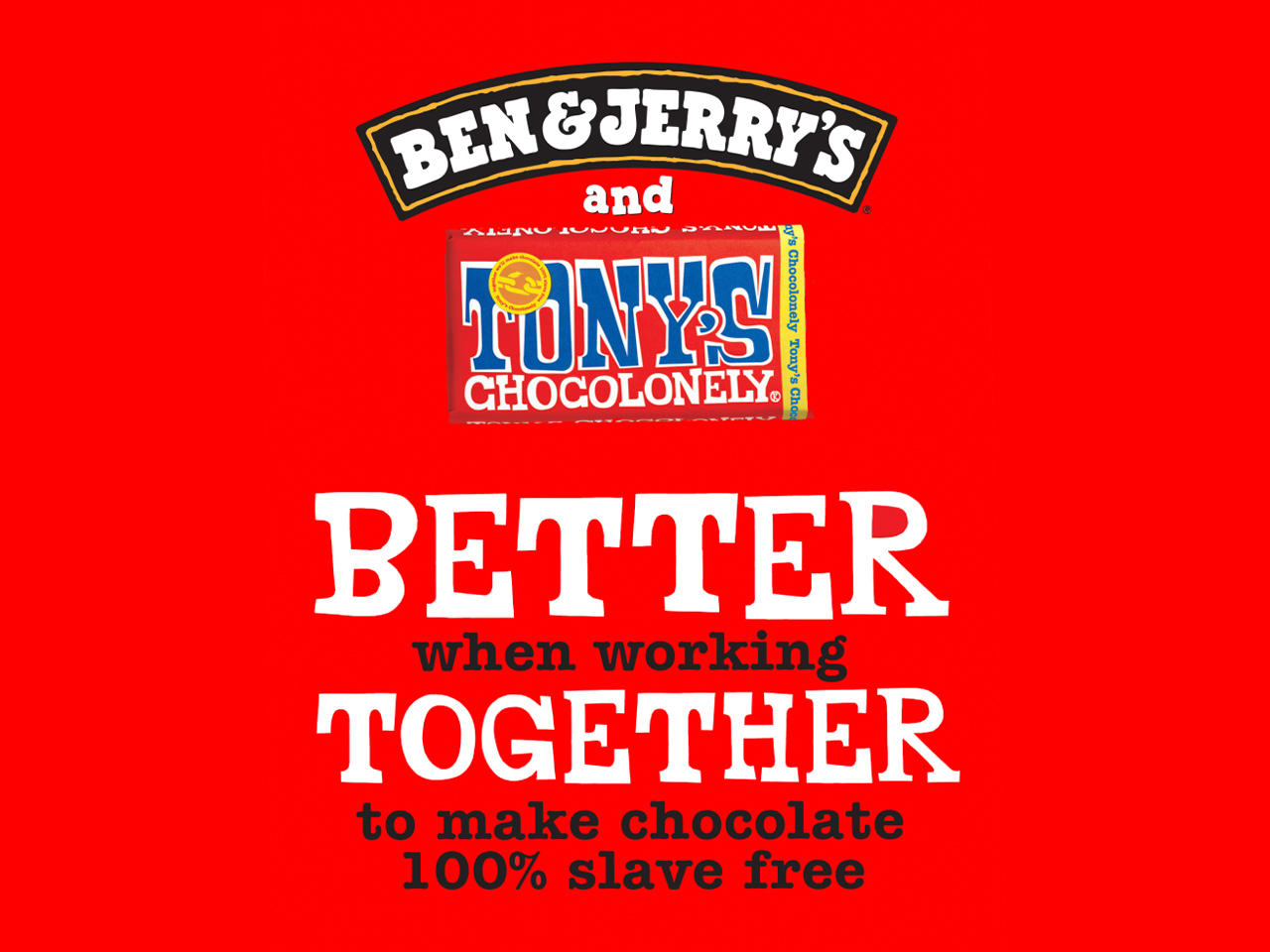Jan 16, 2024 by Mark Dingley
Growing your customer base is no easy task for a small business in today’s competitive marketplace. Brand partnerships offer many benefits for food & drink companies looking to expand.
Joining forces with other brands means you share the benefits of increased brand awareness, exposure to a wider audience and more sales. With the right brand partner, you can boost the credibility and authenticity of your products, too.
So, how do you choose the right brand partner? And how can you make sure you are getting the most from your brand partnership?

What do you want to achieve from a brand partnership? Be clear on your goal, as this will not only help you choose the right brand partner but ensure you have a clear direction when collaborating.
For example, you can test the waters in new markets, such as the vegan market, and a partnership allows you to experiment without too much investment.
Before approaching a brand to partner with you, consider how the other brand can benefit from being involved with you.
Small businesses are sitting on a gold mine regarding what they can offer. Do you have a loyal social media following? Or a large email database? Maybe you have a good distribution network the partner can tap into? Your skill set, marketing channels, community and network can be valuable, regardless of size.
To create a strong partnership worth the effort, brands must share something in common, whether it’s their mission, audience or values.
For example, if you’re committed to sustainability, it’s essential for anyone you team up with to have the same commitment. This creates a feeling of connection between the brands’ communities, making it more likely for them to engage with both brands.
Speaking of brands that make sense, Tim Tam and Nescafe have joined forces to create a range of indulgent mocha sachets inspired by three classic Tim Tam biscuits.
As Nestlé Coffee's head of marketing, Olga Starus, said, “I think everyone would agree that coffee and chocolate biscuits are a match made in heaven, so we took this perfect pairing to the next level by bringing two iconic brands, Nescafé and Tim Tam, together, in our latest and most indulgent collaboration.”
 Image credit: Nestlé Australia
Image credit: Nestlé Australia
There’s no rule that small businesses have to partner with other small companies. Think about big brands you’d love to work with.
When looking to team up with a bigger brand, always work to your strengths. Small brands can bring more energy, agility and innovation. At the same time, bigger organisations can often provide more marketing resources.
A brand partnership is a means to an end, not an end itself. Consumers are no longer sold by two logos on a hero product. Instead, create something that reflects both brands and looks like it couldn’t have been made without the other.
For example, Heinz and Absolut teamed up to create a limited-edition tomato vodka pasta sauce. As Absolut explains on its website, “This collaboration brings together the expertise of Heinz in creating pasta sauces with the magic of Absolut Vodka to further intensify the flavour.”
The collaboration worked: Two months after the launch, sales of Heinz pasta sauces were up more than 50%.
 Image credit: Absolut
Image credit: AbsolutFor bonus points, use your partnership to offer something beyond creating a new product. It could be supporting a relevant charity or sustainable goal.
For example, Tony’s Chocolonely and Ben & Jerry’s were united by a shared passion for social justice and have “fallen bar over spoons for each other”.
In the collaboration, the brands celebrated their Chocolate Love A-Fair with two new Tony’s chocolate bar flavours inspired by Ben & Jerry’s classic flavours, Chocolate Fudge Brownie and Strawberry Cheesecake, and a new Ben & Jerry’s pint inspired by Tony’s Chocolonely’s bar: milk chocolate caramel sea salt.
The partnership went even further with Ben & Jerry’s committing to Tony’s Open Chain, an initiative that helps companies end modern slavery and child labour in the chocolate industry.
Partnerships don’t need to last forever. If you’ve achieved your objective, it’s okay to stop, celebrate and ask yourselves whether there’s another shared mission or if it’s time to shake hands and go your separate ways.
 Image credit: TonysChocolonely
Image credit: TonysChocolonelyBrand partnerships broaden your audience and give you access to more resources than you can achieve alone. They help you create relationships with other businesses, generate excitement around your brand and increase sales. The trick is to have a goal and find the right brand to help you achieve it.
Get more inspiration from our list of the best food brand collaborations.